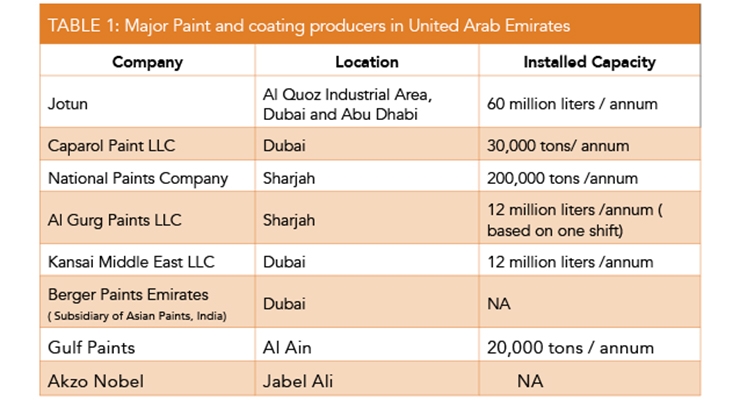Under The Surface Of Your Industrial Outside Paint Task Exists The Essential Duty Of Climate-- Uncover Exactly How It Can Make Or Damage Your Outcomes
Under The Surface Of Your Industrial Outside Paint Task Exists The Essential Duty Of Climate-- Uncover Exactly How It Can Make Or Damage Your Outcomes
Blog Article
Personnel Writer-Rode Bendtsen
When you're intending an industrial external painting project, don't undervalue the effect of climate on your outcomes. You require to consider variables like temperature level, moisture, and precipitation, as they can make or damage your paint work. For example, did you recognize that ideal problems ask for certain temperature ranges and humidity levels? Stopping working to keep an eye on these elements can result in unequal surfaces or perhaps damages to fresh paint. Recognizing these elements is vital to attaining a lasting, specialist end result. So, what particular climate condition should you watch out for?
Temperature Considerations
When it comes to industrial external paint, temperature plays an important duty in the outcome of your project. If you're painting in extreme heat, the paint can dry out also swiftly, causing problems like bad attachment and unequal surfaces. You intend to go for temperatures in between 50 ° F and 85 ° F for the best results. Listed below 50 ° F, paint may not heal effectively, while above 85 ° F, you risk blistering and splitting.
Timing your job with the best temperature levels is important. Begin your job early in the early morning or later in the afternoon when it's cooler, particularly throughout hot months.
Also, consider the surface temperature; it can be substantially more than the air temperature level, especially on sunny days. Utilize a surface area thermostat to inspect this before you begin.
If temperatures are unforeseeable, watch on the weather report. Sudden temperature drops or heat waves can derail your plans. You do not want to start painting only to have the problems alter mid-project.
Humidity Degrees
Humidity levels dramatically impact the success of your business exterior painting job. When the moisture is too expensive, it can impede paint drying out and healing, leading to a range of concerns like bad adhesion and complete top quality.
If https://archziner.com/home/7-good-reasons-to-paint-your-home-walls-white/ planning a work during damp conditions, you may locate that the paint takes longer to dry, which can extend your task timeline and increase prices.
Conversely, reduced humidity can also position challenges. Paint may dry out too quickly, stopping appropriate application and causing an unequal finish.
You'll intend to monitor the moisture levels very closely to ensure you're working within the ideal array, normally in between 40% and 70%.
To obtain the most effective outcomes, take into consideration making use of a hygrometer to gauge humidity before starting your task.
If you find the degrees are outside the optimal variety, you might require to adjust your schedule or pick paints designed for variable problems.
Constantly speak with the maker's guidelines for particular recommendations on humidity tolerance.
Precipitation Impact
Rain or snow can substantially interrupt your commercial outside painting plans. When precipitation occurs, it can get rid of freshly applied paint or create an uneven finish. Ideally, you wish to pick days with completely dry weather to ensure the paint adheres effectively and remedies effectively. If more info captured in a shower, it's best to halt the task and wait for conditions to boost.
Additionally, snow can be much more harmful. Not only does it produce a wet surface area, yet it can likewise lower temperatures, making it hard for paint to completely dry. This can lead to concerns like peeling off or blistering down the line.
It's essential to examine the weather report before starting your job. If rainfall or snow is forecasted, think about rescheduling.
Always bear in mind to allow appropriate drying out time in between layers, especially if the climate stays uncertain.
Final thought
To conclude, keeping an eye on the climate is essential for a successful business external paint task. By monitoring temperature level, moisture, and rainfall, you can ensure the very best problems for application and treating. Bear in mind to plan your job around desirable weather and constantly follow supplier guidelines. With the ideal approach, you'll accomplish a long-lasting, gorgeous finish that can stand up to the components. Don't let the climate capture you unsuspecting-- stay notified and repaint wise!
